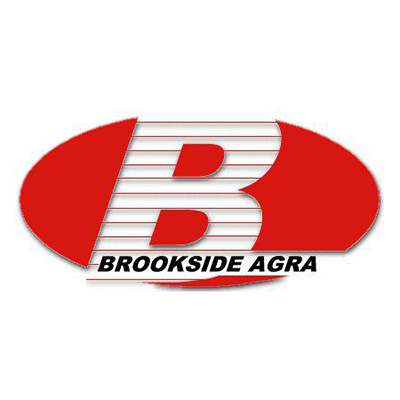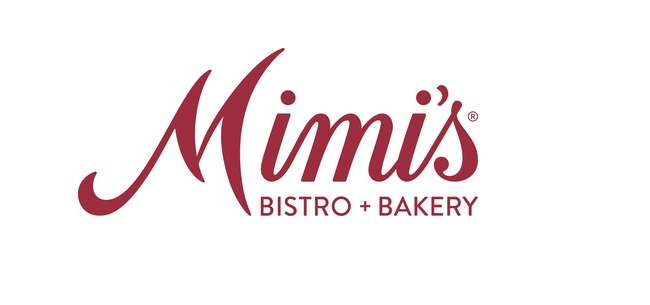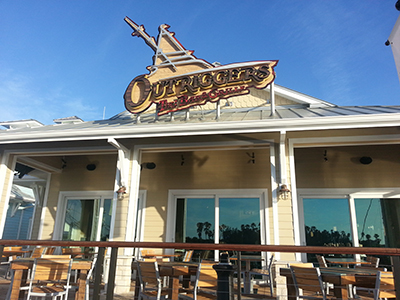A New Era for Legacy Restaurants: Why Rebranding Can Make or Break an Institution
When a restaurant brand has stood the test of half a century, the thought of change can send shockwaves through its core customer base, the hospitality industry, and investors alike. Cracker Barrel’s bold $700 million rebrand, its first in nearly 50 years, is not only shaking up the food and beverage news cycle but also serving as a litmus test for what it takes—and what it costs—to modernize a legacy F&B company in today’s hyper-competitive landscape.
Cracker Barrel’s transformation isn’t about small tweaks. It’s a radical overhaul of brand identity, menu innovation, interiors, and retail strategy. For food & beverage managers and foodservice executives considering their own pivots, this case offers a front-row seat to the rewards, risks, and realities of rebranding at scale.
The Financial Gamble: How Much Does Restaurant Rebranding Really Cost?
Cracker Barrel’s journey isn’t for the faint of heart—or the light of wallet. Their $700 million investment covers sweeping changes across more than 660 restaurants throughout the United States. Let’s break down where this money goes and why the stakes are sky-high for any F&B company looking to follow suit.
Where Does the Money Go?
- Visual & Environmental Overhaul: New signage, logo, and branding materials on- and off-premises.
- Interior Redesign: Decluttering, adding modern lighting and booth seating, overhauling the iconic vintage decor.
- Menu and Service Change: Introducing items like beer and wine for the first time in the company’s 56-year history, while updating classic menu staples to tap into food and beverage trends (think health-conscious meals, comfort favorites, and local food sourcing).
- Retail Restructuring: Streamlining offerings in the Old Country Store to adapt to tariff and import pressures.
- Marketing & Communication: Repositioning their image across digital, print, and social media platforms.
The Market’s Response: Immediate Financial Impact
- Stock Plunge: Upon announcement of the logo change and rebranding, Cracker Barrel’s stock lost nearly $100 million in value overnight. Much of this loss is attributed to negative investor sentiment and public backlash (source: Fox Business).
- Customer Backlash: Longtime guests took to social media after the company removed its iconic “man on a barrel” logo, accusing Cracker Barrel of abandoning its roots for trendy “woke” culture.
The harsh reality? Major rebrands often come with significant short-term pain—declines in stock value, uncertainty among institutional buyers, and a wave of criticism from loyalists.
More Than a Makeover: What Rebranding Actually Involves
Legacy restaurant rebrands are rarely about cosmetics. Cracker Barrel’s transformation, led by CEO Julie Felss Masino (fresh from Taco Bell, see Food Institute), offers a blueprint for how deep the changes truly go—and what food and beverage companies can expect along the way.
Physical Space Modernization
- Decluttering Decor: Out with the rusty tools, antique bottles, and wall-to-wall vintage signs. “We’ve made decisions that remove visual clutter and bring in more natural light,” said Masino.
- Upgrading Guest Comfort: More booth seating, accessible layouts, and refreshed bathrooms aim to create a more inclusive and family-friendly environment.
Menu Innovation That Reflects Today’s Food & Beverage Trends
- New Beverage Offerings: Introducing beer and wine appeals to evolving dining expectations—without turning their restaurants into bars.
- Healthier and On-Trend Options: Creating space on the menu for plant-based dining, high protein yogurt, and viral flavors while still honoring classics.
- Variable Pricing: Piloting pricing aligned with neighborhood income levels—a move lauded and criticized in equal measure.
Retail Segment Revamp
- Narrowing Merchandise: Fewer knick-knacks, a sharper focus on profitable and locally sourced retail items, and a reduction of tariff-susceptible imports.
- Modernizing the Old Country Store: Leaning into bestsellers and strategic partnerships, while letting go of slow-moving inventory.
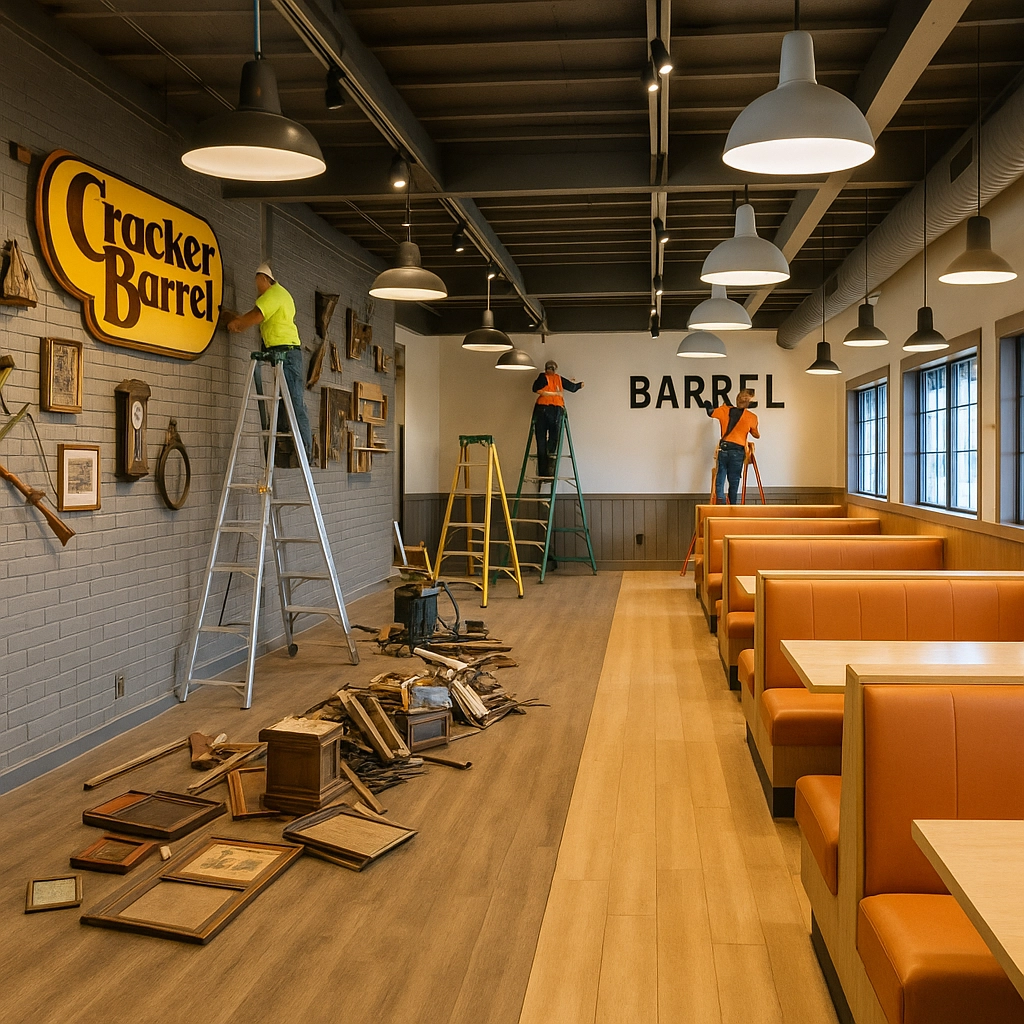
Risks and Rewards: What’s at Stake When You Rebrand a Legacy Restaurant?
No rebrand comes without risk, but legacy brands face unique challenges that can shake their foundation—and their bottom line.
Risks to Brand Equity
- Loss of Identity: The “grandpa’s house” aesthetic and iconic imagery are often inseparable from brand loyalty. Altering that formula can alienate loyal guests and family diners.
- Political & Cultural Flashpoints: Seemingly small changes (like logo tweaks or diversity initiatives) can spark massive outcry in today’s polarized environment, pushing a brand involuntarily into the national spotlight.
- Operational Disruption: Renovations, retraining, and tech upgrades can impact day-to-day operation and guest experience throughout the rebrand period.
The Potential Rewards
- Renewed Relevance: A modernized space and updated menu position Cracker Barrel to attract a new generation of foodies and families searching for “healthy food near me” and “restaurants near me.”
- Industry Advantage: Restaurants willing to innovate can win new market share, sweep awards for menu innovation, and write the future of food and beverage sustainability.
- Increased Media Attention: Both food and beverage news outlets and mainstream media amplify the story, giving the brand fresh visibility—if it can weather the storm.
Real Data: The Financials Behind Restaurant Rebranding
Here’s what rebranding might look like on a balance sheet, based on foodservice industry data and examples:
| Rebranding Cost Element | Typical Investment Range |
|---|---|
| Logo/Brand Identity | $10,000 – $250,000 per brand |
| Signage & Exterior | $50,000 – $750,000 per location |
| Interior Renovation | $200,000 – $1,000,000+ |
| Menu Development | $25,000 – $250,000 |
| Marketing & Ads | $100,000 – $500,000+ per campaign |
| Tech Upgrades | $50,000 – $350,000+ per store |
| Staff Training/Retraining | $15,000 – $100,000+ per location |
| Total (Cracker Barrel) | $700 Million (total system) |
Actual costs depend on store size, location, and number of outlets. For legacy chains, costs per store are dramatically multiplied.
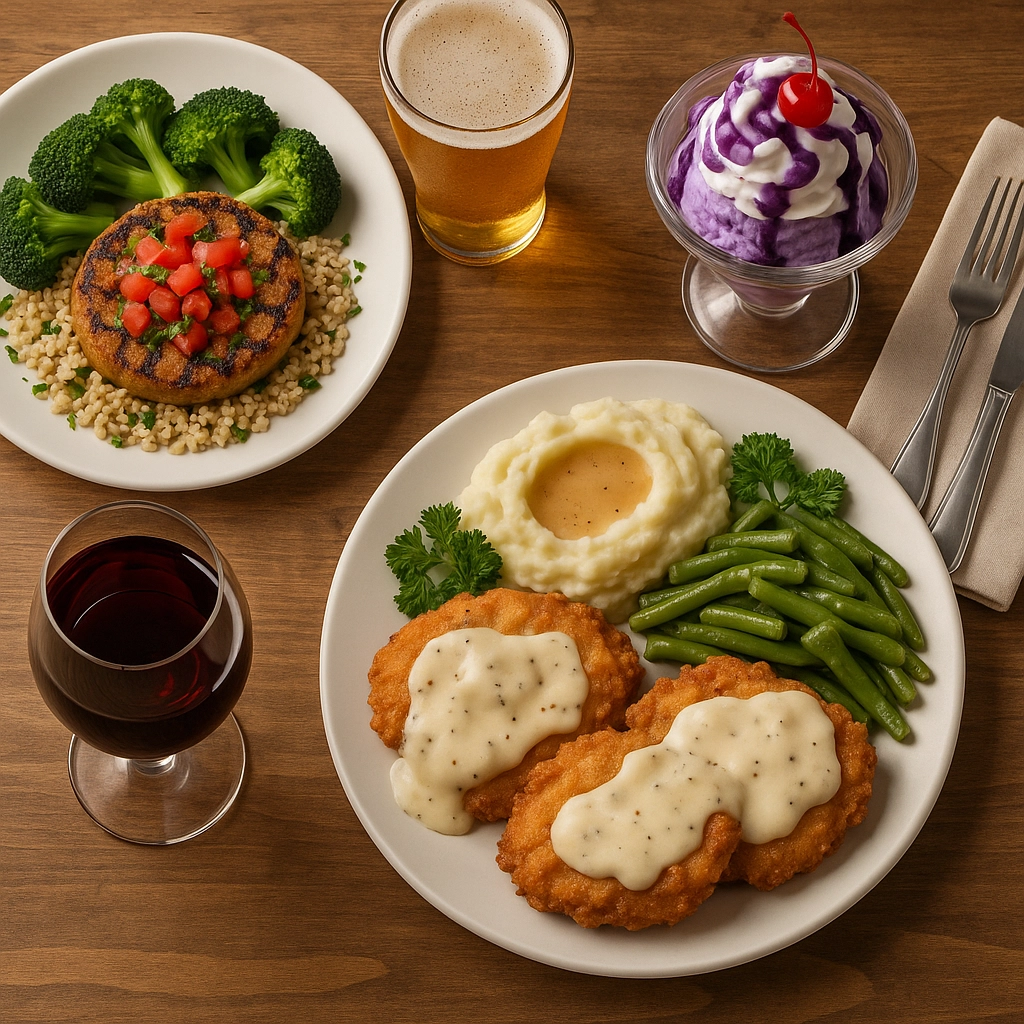
Lessons for F&B Companies: 5 Tips to Pull Off a Successful Restaurant Rebrand
Thinking of rebranding your food and beverage company? Start here:
- Conduct a Brand Audit: Identify which elements resonate with new versus long-time guests and which are overdue for an update.
- Test Before You Launch: Use pilot locations to trial new menus, branding, and layouts. Collect food safety trends/guest feedback rigorously.
- Engage Your Core: Involve loyal team members, food and beverage directors, and your local community in shaping the transformation.
- Communicate, Communicate, Communicate: Proactive messaging—through digital, local food sourcing partners, and on-premises staff—will mitigate backlash and clarify your vision.
- Measure Impact, Pivot Quickly: Monitor results (sales, guest sentiment, media coverage), and don’t be afraid to tweak elements based on real-world outcomes.
Dive deeper into other recent menu engineering case studies, such as How Shake Shack’s Strategic Changes Boosted Profitability and Customer Loyalty, for actionable takeaways.
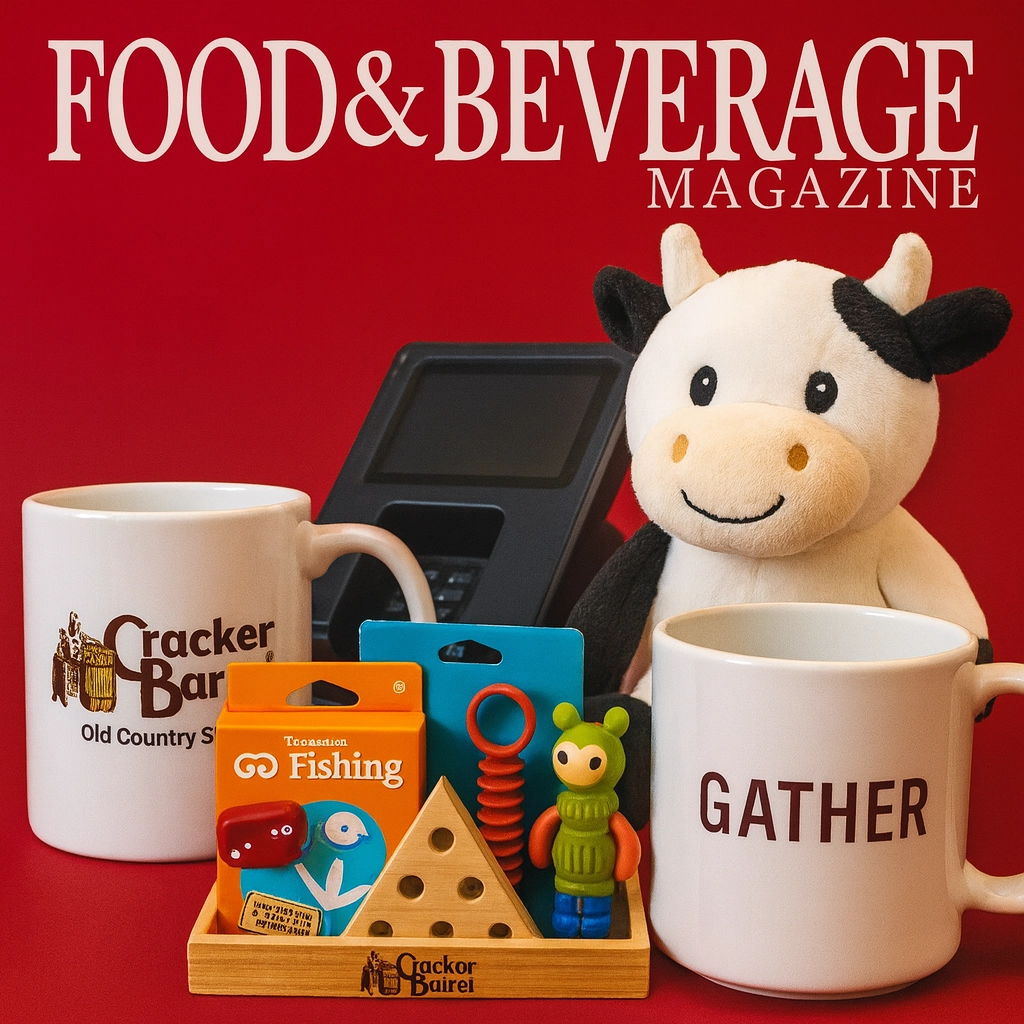
Cracker Barrel, the F&B Industry, and What’s Next
Cracker Barrel’s $700 million rebrand is a bold, costly, but potentially necessary step for the legacy restaurant chain—and for the food and beverage industry at large. The risks are real: volatile stock, upset customers, and the expense of change. But the upside is a shot at ongoing relevance in a marketplace where consumer tastes are moving fast and younger diners are searching for brands that feel current, inclusive, and value-driven.
For F&B directors, procurement directors, hospitality managers, and family dining chains looking to refresh their own image, Cracker Barrel’s gamble is both a warning and a blueprint. The stakes are enormous—but the chance to define food and beverage trends for the next generation may be worth the leap.
Thinking about your own rebrand? Explore more food and beverage magazine coverage on how AI-powered solutions are transforming restaurant operations and ROI, and stay ahead with the latest foodservice executive insights at Food & Beverage Magazine.
Written by Michael Politz, Author of Guide to Restaurant Success: The Proven Process for Starting Any Restaurant Business From Scratch to Success (ISBN: 978-1-119-66896-1), Founder of Food & Beverage Magazine, the leading online magazine and resource in the industry. Designer of the Bluetooth logo and recognized in Entrepreneur Magazine’s “Top 40 Under 40” for founding American Wholesale Floral. Politz is also the founder of the Proof Awards and the CPG Awards and a partner in numerous consumer brands across the food and beverage sector.





